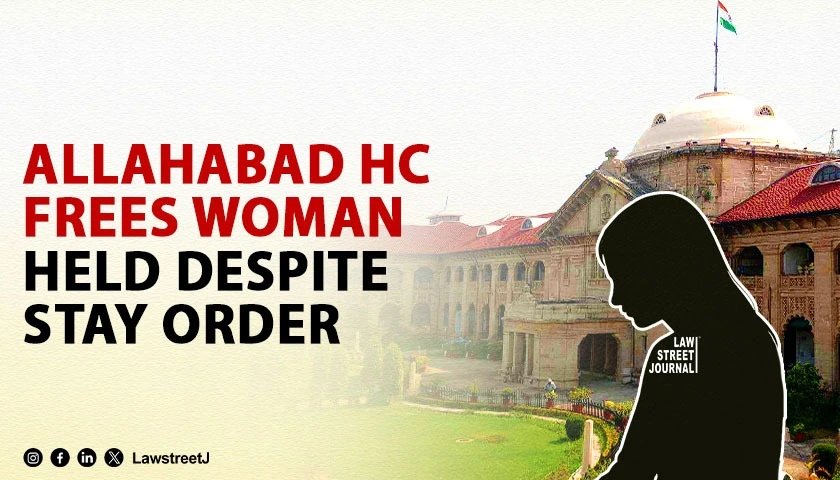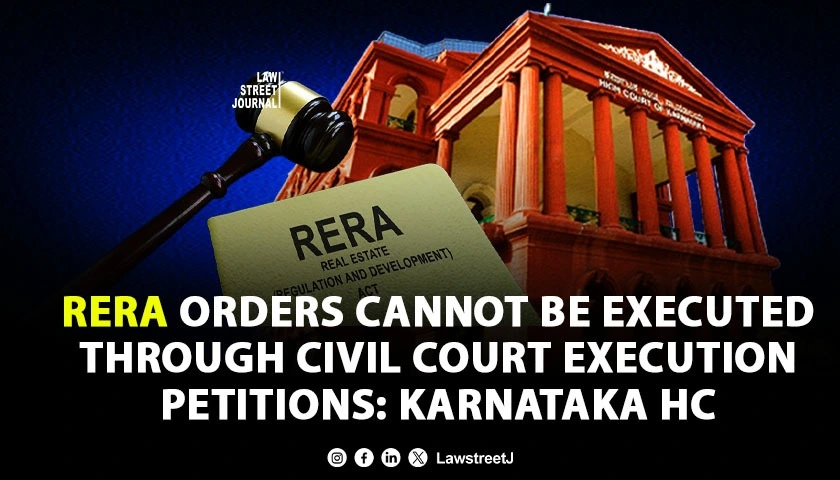The Punjab & Haryana High Court recently noted that the majority of petitions by Live-In couples contain formal symbolic averments, grounds with imaginary cause of action, and are rarely founded on the 'actual' or 'real' existence of threat when dealing with a protection plea of a couple who have not yet reached marriageable age.
The case of Daya Ram (20 years old) and Reenu (14 years old) was heard by Justice Manoj Bajaj, who claimed that they had known each other for a year and had fallen in love over time, but that Reenu's parents were opposed to their relationship.
They claimed that they are mature enough to understand good and bad, and that they have decided to marry, but their proposal was rejected by Reenu's parents and other relatives. It was also argued that they had no choice but to live together in a live-in relationship, and that there has been no physical intimacy between the petitioners to date because they are waiting to reach the statutory marriageable age, so the private respondents have no right to interfere in their lives.
The Court made the following observations:
At the outset, the Court noted that society has been experiencing profound changes in social values, particularly among exuberant youngsters, who rarely, in pursuit of absolute freedom, leave the company of their parents, etc. to live with the person of their choice, and further, they try to get the seal of the court on their alliance by filing pecuniary petitions. Notably, the Court stated: "Such petitions are typically based solely on the fear of a threat being made against the disapproving parents or other close relatives of the girl, as the couple's decision is rarely opposed by the boy's family. Their right to live together is based on either their hasty, secret, and small destination wedding or their live-in relationship."
The Court did note, however, that aggrieved parties can pursue an alternative remedy, but that a large number of petitions end up in this court's hands because the alternative remedy is less favourable in writ petitions. "These types of cases eat up a lot of this court's time, and they do so at the expense of many other cases waiting to be heard," the Court added. The Court also stated that the concept of a live-in relationship between two adults of opposing gender has gained recognition in India, as the legislature has given this type of relationship some legitimacy by enacting the "Protection of Women from Domestic Violence Act, 2005," which liberally defines "domestic relationship" in Section 2. (f). The Court did add, however, that despite this elasticity, some segments of society are hesitant to accept such relationships.
"Merely because the two adults are living together for a few days, their claim of live-in-relationship based on bald averment may not be enough to hold that they are truly in live-in-relationship," the Court concluded. In this case, the Court ordered the Senior Superintendent of Police, Sirsa, to appoint a responsible police officer to ensure that the minor girl's custody is returned to her parents after consultation with the Rajasthan police. Before departing, the Court stated that, despite the fact that the Prohibition of Child Marriage Act, 2006, penal provisions are in place, child marriages continue to occur in violation of the Act's provisions, and thus, the High Court declined to provide them with protection, and the writ petition was dismissed, while noting that the issue of eradicating the child marriage menace needs to be addressed.






